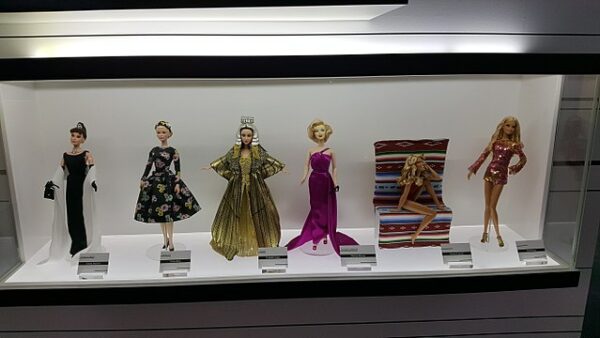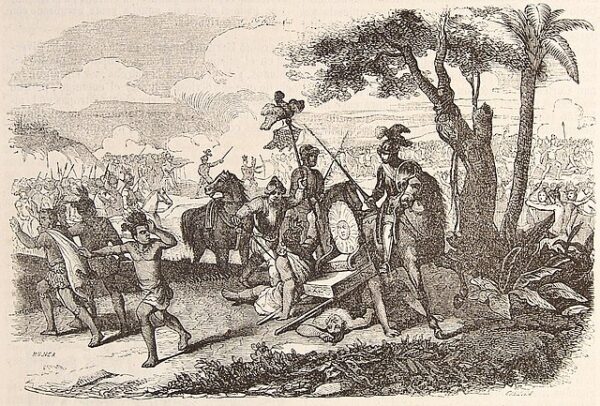The Barbie doll, an iconic cultural phenomenon, debuted at the American International Toy Fair in New York City on March 9, 1959. Created by Ruth Handler, co-founder of Mattel Inc., Barbie quickly became a symbol of fashion, aspiration, and feminine independence.
Ruth Handler was inspired to create Barbie after observing her daughter, Barbara, play with paper dolls and imagining adult lives for them. Handler envisioned a three-dimensional adult-like doll that could serve as a role model for young girls, sparking their imagination and ambition. The name “Barbie” was derived from Handler’s daughter, and the first doll was introduced in a black-and-white striped swimsuit with blonde or brunette hair.
Despite initial skepticism from toy buyers and retailers, Barbie’s debut marked a turning point in the toy industry. The doll’s realistic proportions and versatile wardrobe set her apart from other dolls of the time. Barbie’s popularity skyrocketed, and she quickly became a cultural icon, representing the epitome of American beauty and style.
Throughout the 1960s, Barbie underwent numerous transformations, reflecting the changing societal norms and fashion trends. The doll’s careers ranged from astronaut to nurse, reflecting the evolving role of women in society. Barbie also embraced diversity by introducing dolls with different ethnicities and backgrounds, such as the first African-American Barbie in 1967.
In the 1970s, Barbie continued to adapt to cultural shifts. The “Malibu Barbie” reflected the carefree spirit of the California lifestyle, while the “Superstar Barbie” captured the glamour of the disco era. Mattel continued to innovate, introducing the “Barbie Dream House” and other accessories that allowed children to create elaborate play scenarios.
The 1980s marked a period of global expansion for Barbie, with the doll becoming a sensation internationally. Barbie dolls were not only a toy but also a form of cultural diplomacy, bridging gaps and fostering common interests among children worldwide. Mattel’s commitment to diversity expanded with the introduction of dolls representing different cultures and professions.
As the 1990s dawned, Barbie faced increasing scrutiny regarding her body image and potential impact on young girls’ self-esteem. Critics argued that Barbie’s proportions perpetuated unrealistic beauty standards. In response, Mattel introduced the “Teen Talk Barbie,” which featured empowering phrases aimed at promoting self-confidence. Despite these efforts, debates about Barbie’s influence on body image persisted.
In the 21st century, Barbie continued to evolve to stay relevant. Mattel addressed concerns about body image by introducing dolls with diverse body types, skin tones, and hairstyles. The “Barbie Fashionista” line celebrated inclusivity and individuality, reflecting the changing landscape of beauty standards.
Barbie’s influence extended beyond toys into fashion, entertainment, and even academia. The doll inspired numerous collectors, museums, and exhibitions dedicated to exploring the cultural impact of Barbie on society.






